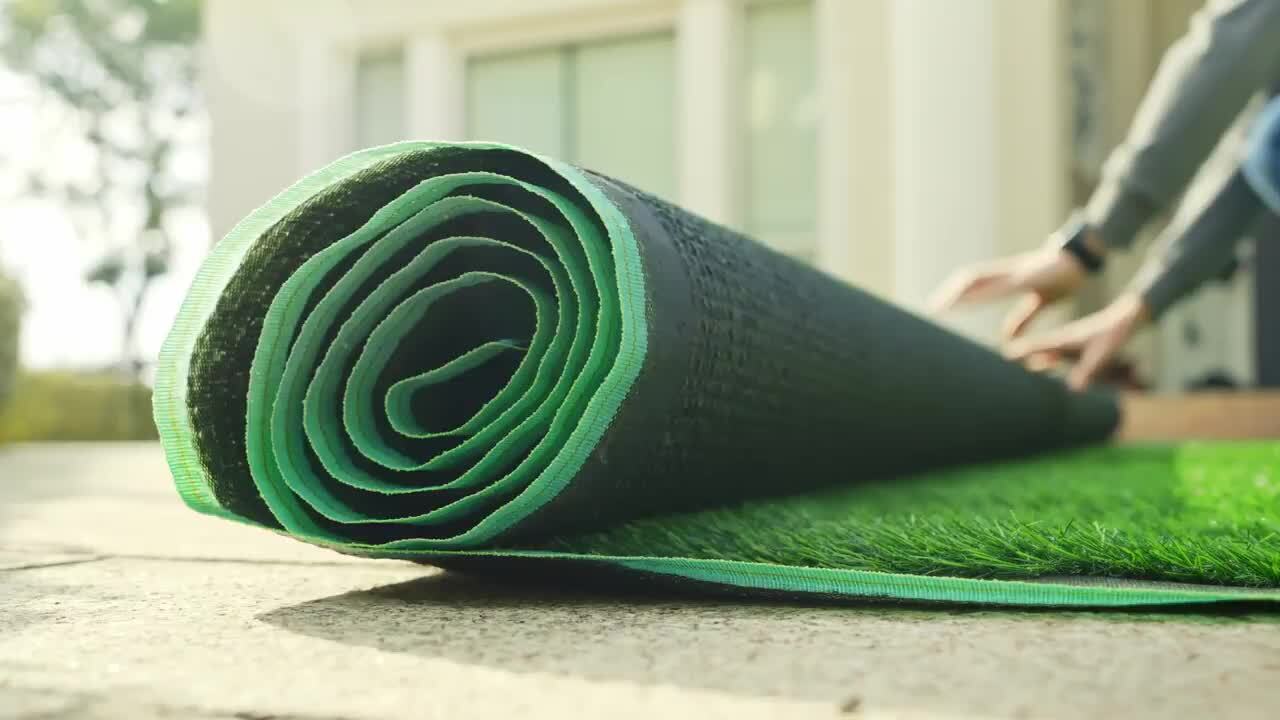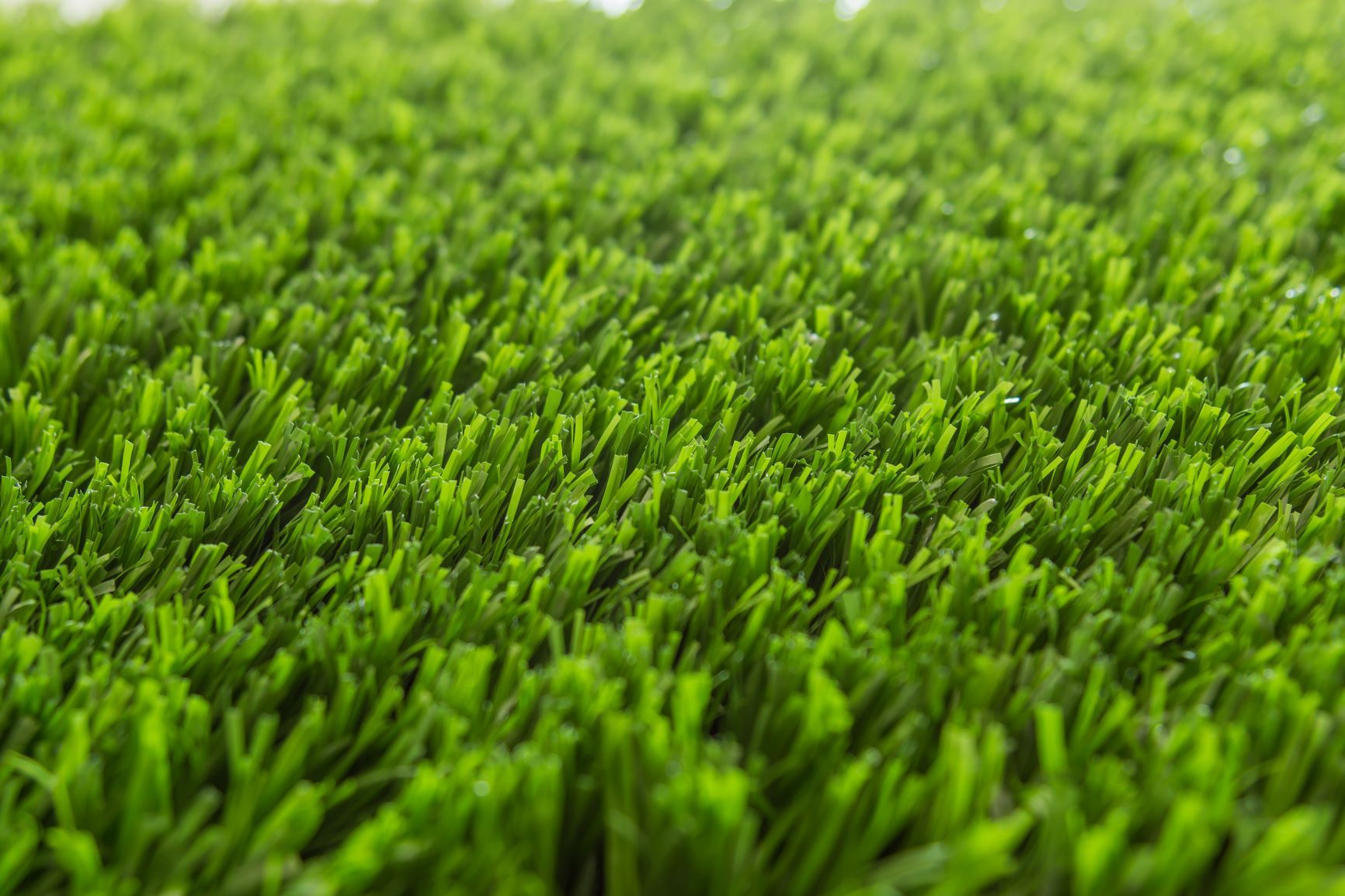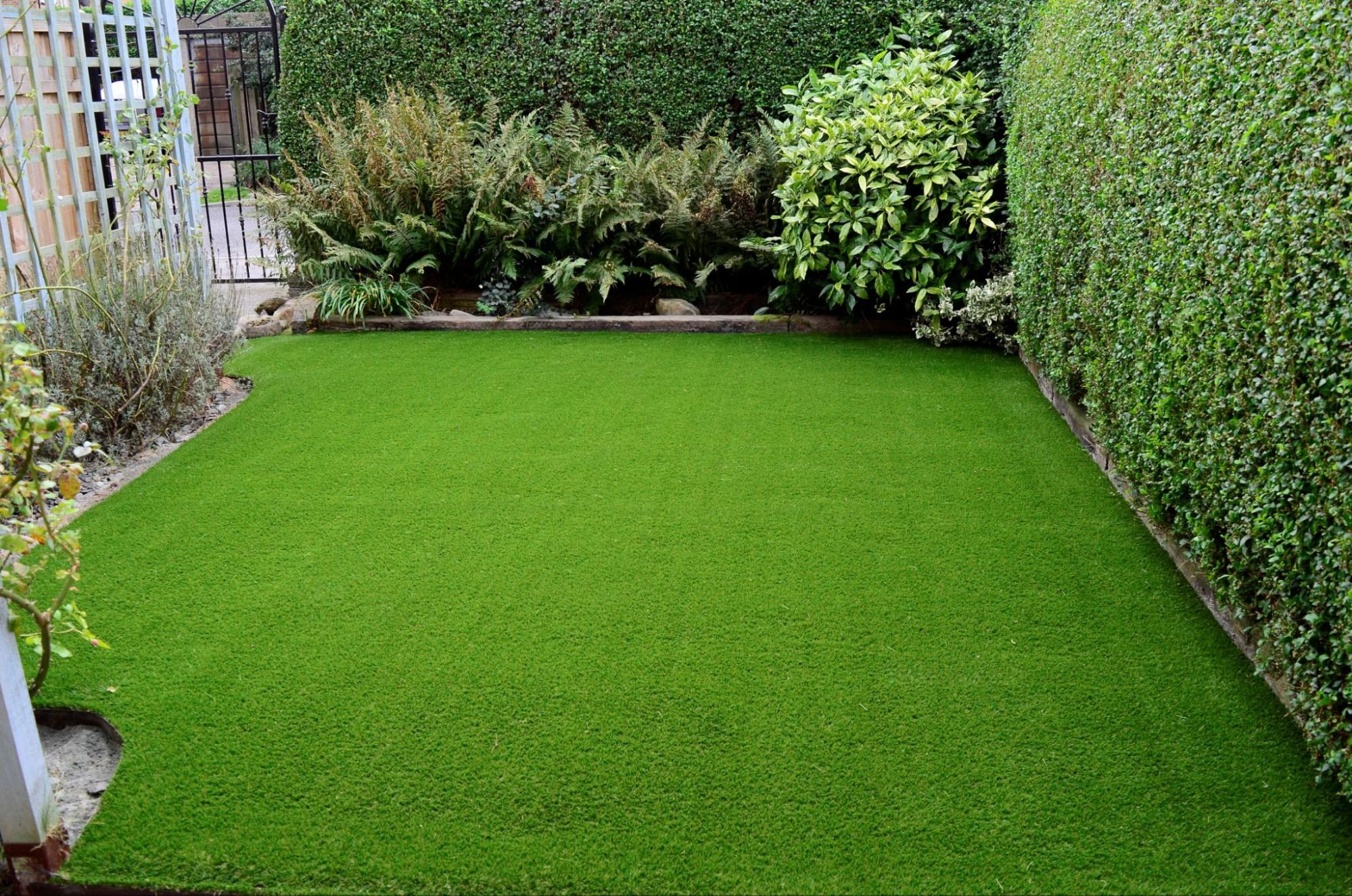Connect with Reliable Turf companies mesa az to Set Up Your Dream Artificial Lawn
Connect with Reliable Turf companies mesa az to Set Up Your Dream Artificial Lawn
Blog Article
How Does Artificial Turf Installment Change Your Landscape?
The installation of synthetic grass presents a complex chance for landscape change, providing a mix of aesthetic enhancement and practical advantages. Past the prompt visual charm of a consistently eco-friendly area, synthetic grass significantly reduces upkeep demands and water consumption. Its adaptability enables innovative landscaping remedies customized to different settings, making it a compelling selection for both commercial and domestic applications. However, the ramifications of such a makeover extend past simple aesthetic appeals and convenience, motivating more expedition into the long-term impacts on expense, environmental sustainability, and overall landscape wellness.
Benefits of Man-made Grass
When thinking about landscaping options, the advantages of synthetic grass come to be significantly evident. One of the most substantial advantages is its low maintenance requirements. Unlike natural turf, which necessitates regular mowing, watering, and fertilizing, synthetic grass keeps its rich appearance without these labor-intensive tasks. This permits homeowner to assign their time and resources to other pursuits.
In addition, artificial grass supplies a regular playing surface, making it suitable for leisure areas and sporting activities fields. Turf companies mesa az. Its resilience makes certain that it can hold up against hefty foot traffic without the damage related to all-natural yard, thus advertising year-round usability
Ecological advantages additionally play a vital function in the charm of synthetic grass. By removing the demand for chemicals and herbicides, it adds to a much healthier environment. The reduction in water use is significant, particularly in locations susceptible to drought.
Moreover, man-made lawn boosts visual allure, supplying a vibrant green landscape that stays consistent throughout the periods. This consistency can boost residential or commercial property value and aesthetic appeal, making it an eye-catching choice for property owners and organizations alike. In recap, the many advantages of artificial grass make it a compelling selection for modern landscape design remedies.
Cost Cost Savings In Time

First of all, synthetic grass removes the need for repeating expenditures associated to water, plant foods, chemicals, and grass upkeep services (Artificial turf companies). Property owners can anticipate to conserve considerably on their water bills, specifically in regions vulnerable to dry spell, where irrigation of natural yard can come to be excessively expensive. Additionally, the minimized demand for chemical therapies not only lowers expenses however additionally minimizes labor expenses related to grass care
Furthermore, fabricated grass is made for longevity, lasting in between 15 to 25 years with proper upkeep. This longevity means less replacements and repairs, causing more cost savings. In time, the advancing financial advantages of synthetic grass can significantly outweigh the initial prices, making it a wise investment for those wanting to improve their landscapes while also managing their budget plans properly. In recap, the long-lasting cost financial savings connected with synthetic grass make it an appealing choice for home owners seeking both visual appeals and monetary vigilance.
Environmental Influence
The ecological impact of synthetic lawn is a topic of considerable passion and debate. Supporters say that synthetic lawn preserves water, as it gets rid of the need for watering, which is specifically beneficial in arid areas. This water preservation can bring about decreased stress on regional water resources and reduced view it utility bills for house owners. Furthermore, man-made grass eliminates the need for chemical fertilizers and chemicals, which can pose threats to regional communities.
Nonetheless, worries concerning the ecological footprint of synthetic grass persist. The manufacturing of synthetic materials usually requires significant power and oil sources, adding to carbon emissions. Moreover, when man-made lawn gets to the end of its life process, disposal can come to be bothersome, as many items are not eco-friendly and can end up in land fills.
Another location of worry is the possibility for microplastics to leach right into the soil and waterways, which could negatively influence water life and ecosystems. Consequently, while fabricated turf presents particular ecological advantages, it also presents obstacles that warrant cautious consideration. Stabilizing the advantages of water conservation with the environmental influences of manufacturing and disposal is important for making informed landscape design decisions.
Design Versatility
Synthetic grass opens a world of design convenience, allowing property owners and landscape architects to create visually pleasing and functional outdoor areas. Unlike conventional turf, man-made grass can be customized to fit numerous themes, styles, and purposes, improving the total landscape style.
One of the key advantages of synthetic grass is its flexibility. It can be perfectly integrated right into diverse settings, from modern gardens to rustic outdoor patios. Homeowners can select from a selection of appearances, colors, and stack heights, making sure that the grass enhances existing functions and architectural aspects. This modification reaches distinct installments, such as curvilinear layouts, which can develop eye-catching dynamic designs and focal points.

Upkeep and Durability
With very little maintenance required, synthetic grass provides a functional option for homeowners looking for a low-maintenance landscaping alternative. Unlike natural lawn, which demands regular mowing, watering, and fertilizing, artificial grass dramatically minimizes the moment and initiative needed to maintain an attractive yard.
The durability of man-made lawn is an additional compelling benefit. Typically, artificial grass can last in between 15 to 25 years, depending on the high quality of materials utilized and the degree of foot web traffic it endures.
Additionally, maintenance tasks for man-made turf are straightforward. Occasional brushing to maintain the blades upright, washing to get rid of particles, and regular infill replenishment are normally adequate to preserve its appearance and capability. This simplicity of upkeep permits homeowners to enjoy their exterior areas without the concern of extensive labor.
Final Thought
In final thought, synthetic turf installment considerably improves landscapes by providing a lively, low-maintenance option to all-natural turf. The benefits consist of considerable expense financial savings, a favorable environmental influence via lowered water use and chemical therapies, and amazing design adaptability that accommodates different outdoor looks. In addition, the durability of synthetic grass makes certain durability also under hefty foot website traffic. Overall, man-made grass arises as a sustainable and functional solution for changing exterior rooms right into functional and visually attractive atmospheres.

In conclusion, artificial grass setup substantially improves landscapes by supplying a vivid, low-maintenance choice to all-natural yard.
Report this page